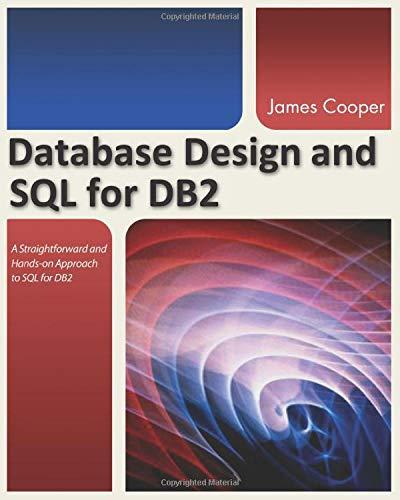Answered step by step
Verified Expert Solution
Question
1 Approved Answer
loop.c Compile in Linux machine #include int main () int for i, a[10], sum=0; (i=0; i loop-unoptimized-1st This command compiles loop.c with no optimizations This

Step by Step Solution
There are 3 Steps involved in it
Step: 1

Get Instant Access to Expert-Tailored Solutions
See step-by-step solutions with expert insights and AI powered tools for academic success
Step: 2

Step: 3

Ace Your Homework with AI
Get the answers you need in no time with our AI-driven, step-by-step assistance
Get Started


